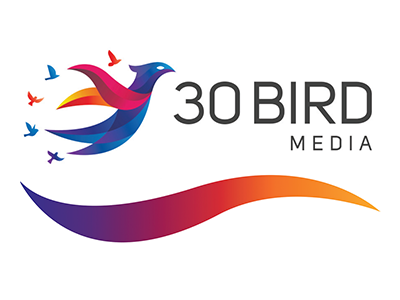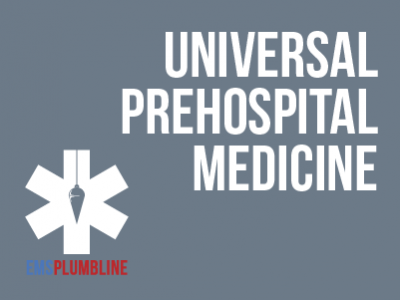 |
Grammar |
1.50 |
Grammar is an essential part of any work environment. However, it can come with many different eccentricities. In this course, you will learn how to avoid common grammar mistakes in both your personal and professional writing. |
 |
Engaging High School Youth in College & Career Readiness |
1.00 |
This course will introduce participants to the College & Career Readiness Toolkit, developed by the Maryland Out-of-School Time (MOST) Network, as well as developmentally appropriate activities and considerations for implementing college & career readiness with high school youth in an out-of-school time setting. |
 |
Correcting Performance Problems: Investigating Performance Problems (Instructor Guide) |
1.00 |
Before addressing a performance problem, you should confirm the existence of the problem itself. An interview is a useful method for doing this. During the interview, you might encounter facts that you were previously unaware of and excuses that you didn’t expect. It's important to follow a definite process, and expect the unexpected during the interview.
In this course you will learn to: identify the causes for an employee’s performance problem by interviewing, and question an employee regarding attendance issues, describe the factors affecting achievement, and apply conduct investigation techniques.
This Instructor's Edition of this course includes notes and suggestions to assist you in presenting the material, whether in an in-person classroom setting, or as an instructor-led online or distance-learning course. It also provides you with the answers to questions found in mid-lesson activities, as well as in the quiz that concludes the course. |
 |
CompTIA A+ Core 2 220-1102 Exam Prep |
1.00 |
Exam Prep to accompany 30 Bird's CompTIA A+ Certification, Core 2 - Exam 220-1102 course. |
 |
Social, Emotional, and Behavioral Supports for Paraprofessionals |
1.00 |
This course explores how to support students emotionally, socially, and behaviorally. It is important to understand the value of building rapport with students to promote resilience. Additionally, this course will explore the components of student behavior, how to identify the function of behavior, and how to create a supportive environment for students. This course will help you develop new knowledge about students and will help you understand what your role as a paraprofessional is. |
 |
School Violence Prevention and Intervention |
1.00 |
This course covers School Violence Prevention and Intervention. It is just one out of many K-12 courses we offer. This course will help you develop new knowledge about what is considered school violence and how to help prevent it. You will also learn intervention strategies for violent incidents in a school setting and the role of data collection for violence prevention. |
 |
Lifting and Moving—Lesson 2 |
0.50 |
In the second session, we will discuss body mechanics and what you can do to properly train to perform in a safe manner. Final Exam: This multiple choice exam is designed to test your knowledge of the material you just reviewed. You have two attempts to gain an 80% or higher on this exam. Please take your time and answer each question carefully.
|
 |
Exploring Developmental Needs and Characteristics: Age Group 8 to 10 for Paraprofessionals |
1.00 |
Certain developmental needs and traits are associated with younger school-age children, while others are typical of older school-age children. While the differences between school-age children of different ages are not clear-cut, there are some general traits and tasks that are often associated with younger school-age children. This course delves into the specific traits of students between the ages of 8 and 10. |
 |
Basic Spanish Skills |
1.00 |
This course covers the basic conventions of the Spanish language. This course will help you learn how to use Spanish conversationally and in everyday life. In addition, you will learn how to use Spanish in times of emergency or specific situations. |
 |
STEM and You |
1.00 |
As early childhood professionals, we’ve all heard the term STEM. It stands for Science, Technology, Engineering, and Mathematics. But do you think you would recognize STEM in action if you saw it? Let’s find out!
Course Learning Objectives:
- Define STEM in the context of early childhood education.
- Recognize the impact of a teacher’s attitude toward STEM on their instructional practice. |











